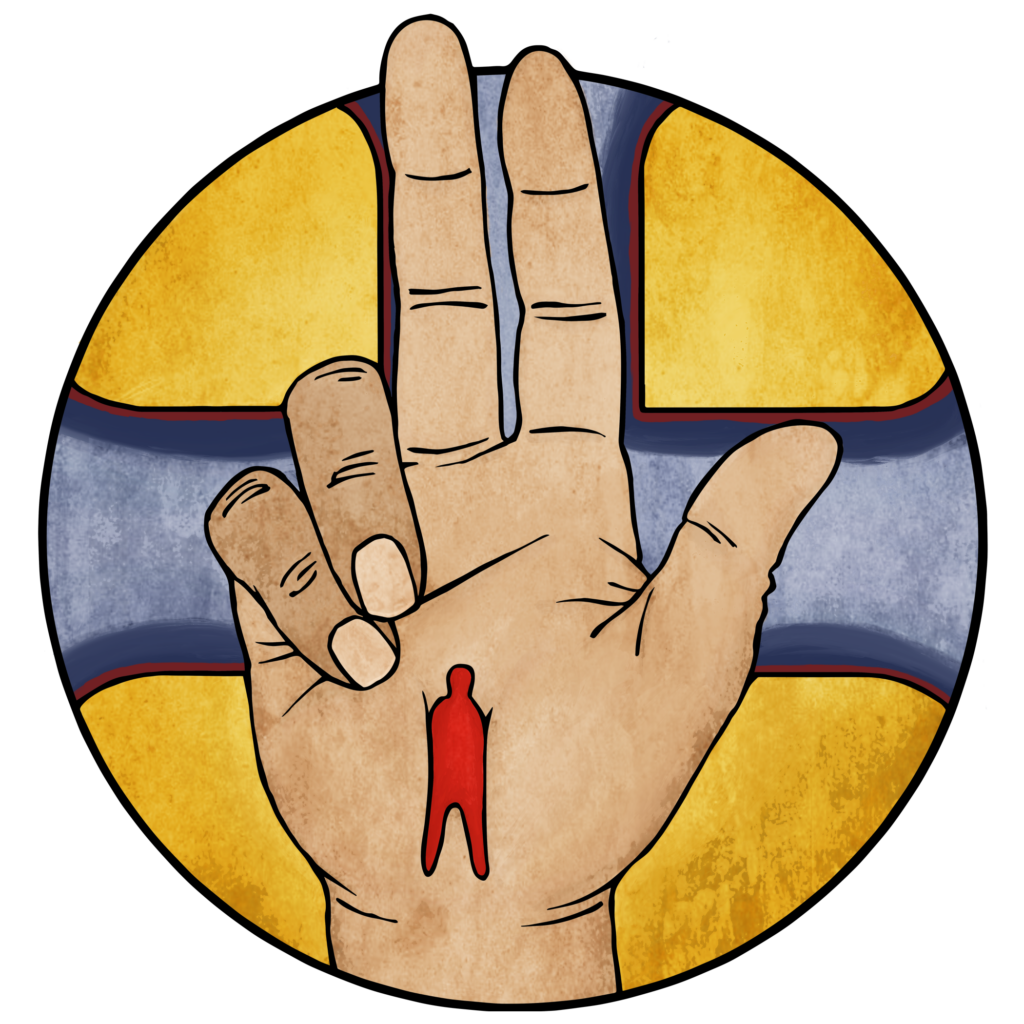By Haley Hasch
In our previous article, we explored the importance and power of art. Art moves and changes people and helps them grapple with the hard questions in life. We discussed how Christians have a unique advantage in creating art, as their view of the world is a comprehensive one. But if Christians are uniquely equipped to create great stunning, deep pieces of art, why aren’t we seeing it? To understand this, let’s look at the history of the arts, specifically art that was created by believers.
From the time of the Old Testament and throughout the history of Western civilization, Christians have been the driving force behind all of the arts. In the book of Exodus, for example, the artist Bezalel was commissioned by God to create beautiful works of art to decorate the tabernacle. God said to Moses, “See, I have called by name Bezalel the son of Uri, son of Hur, of the tribe of Judah, and I have filled him with the Spirit of God, with ability and intelligence, with knowledge and all craftsmanship, to devise artistic designs, to work in gold, silver, and bronze, in cutting stones for setting, and in carving wood, for work in every craft” (Exodus 31:2-5). The purpose of Bezalel’s art was to make the dwelling place of the Lord beautiful. According to Gene Edward Veith in State of the Arts, this was to call to mind God’s glory when the Israelites came to worship or sacrifice, and to inspire awe for the Lord.
INSPIRATION IN MUSIC
Moving into the Middle Ages, Ubaldus Hucbald and Guido of Arezzio, both Benedictine monks, made two colossal contributions to music. In his book, How Christianity Changed the World, author Alvin J. Schmidt explains how Hucbald “. . .ushered in a form of music known as polyphony, which is the parallel movement of melodic lines, combining two or more melodies in harmony.” Furthermore, Guido of Arezzio introduced a staff of four lines in which the pitch of a note could be shown in writing. These inventions allowed monasteries to add beautiful harmonies to their worship, and gave the world an effective way of keeping and recording music through notation.
INSPIRATION IN ART
During the Renaissance, Leonardo da Vinci’s contributions included strides in anatomy, machinery, and, of course, painting. Not only do da Vinci’s works portray biblical scenes, such as The Annunciation and The Last Supper, they also show technical excellence, and are still studied by artists today.
Born in the 20th century, architect Antoni Gaudi was an exemplary artist who was inspired by nature and by his faith in God. The buildings he designed are awe-inspiring. In his Sagrada Familia, the ceiling vaults to the sky. The supporting pillars remind you of a giant forest, with a leafy canopy above. Gaudi believed that God was the ultimate creator and that His designs were perfect. By copying nature, Gaudi hoped to hone his own craft.
INSPIRATION IN LITERATURE
Finally, the modern literary giants C.S. Lewis and J. R.R.Tolkien pioneered the genre of high fantasy. Their imaginative works include doorways to other worlds, new languages, talking animals, and epic kings and queens. These extraordinary storytellers rekindled the world’s love of fictional stories and myth.
Throughout history, these artists, and many others such as composer Johann Sebastian Bach, who wrote soli Deo gloria (to the glory of God alone) on all of his works, John Bunyan, who penned The Pilgrim’s Progress, and John Milton, the famed author of Paradise Lost, confessed the Christian faith and were masters of their craft. Furthermore, their works continue to inspire and influence people to this day.
WHERE DID THE INSPIRATION GO?
Christians as the innovators of art? The forerunners of their craft? The influencers of culture? If this sounds foreign to modern-day Christians, it is because Christian art today mainly imitates culture. In his posthumously published book, Art Needs No Justification, Hans Rookmaaker, Dutch professor and scholar, makes the case that the shift from innovator to imitator happened during the time of the Enlightenment. This was a time in history when there was a high view of man and science. Before this, Christianity had been the framework for how people interpreted reality and was woven into the fabric of daily life. Many Christians had been pioneers in the arts and sciences. However, the emergence of new “scientific” ideas such as Darwinian evolution found Christians ill-equipped to defend their faith.
Rookmaaker goes on to point out that in response to the world’s growing rejection of faith there were Christians who turned to a kind of pietism that focused mainly on personal devotion. The result was a split between the inward personal Christian life and the “real world” outside. It was during this time that large areas of life such as politics, philosophy, economics, science, and the arts were handed over to the secular world. With transcendence taken out of daily life and put firmly into its “Sunday morning box,” the world was left to find it elsewhere. The rejection of Christianity and its separation from culture had begun.
In the third part of our series, we will discuss when Christianity and culture finally separated, and how this severance led to the copying of secular art by Christian artists.
Haley Hasch is a 2020 homeschool graduate. She is attending Baylor University in the fall as a Great Texts major in the honors college. She attends Mount Calvary Lutheran Church in San Antonio, TX.

